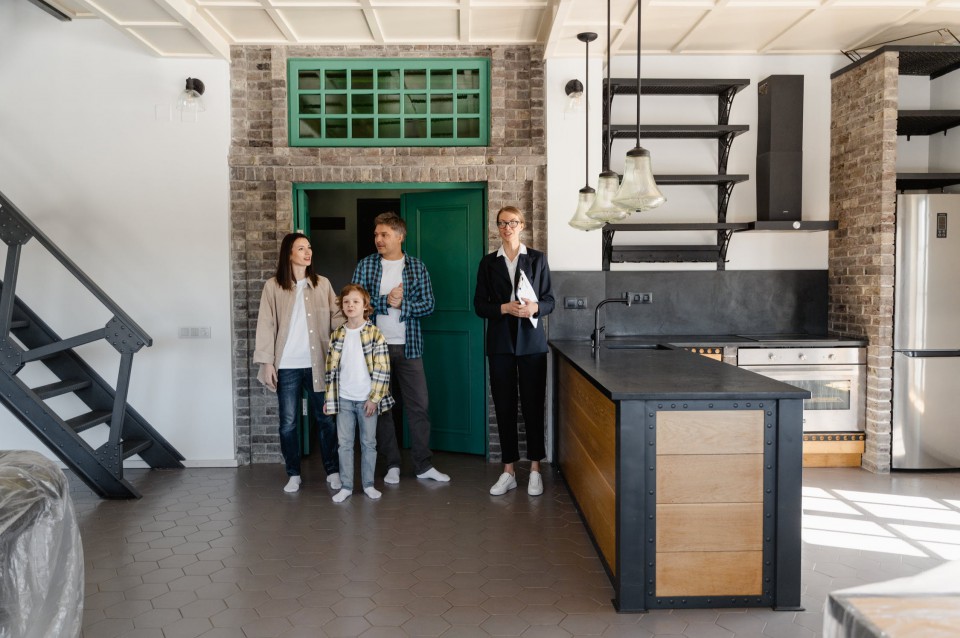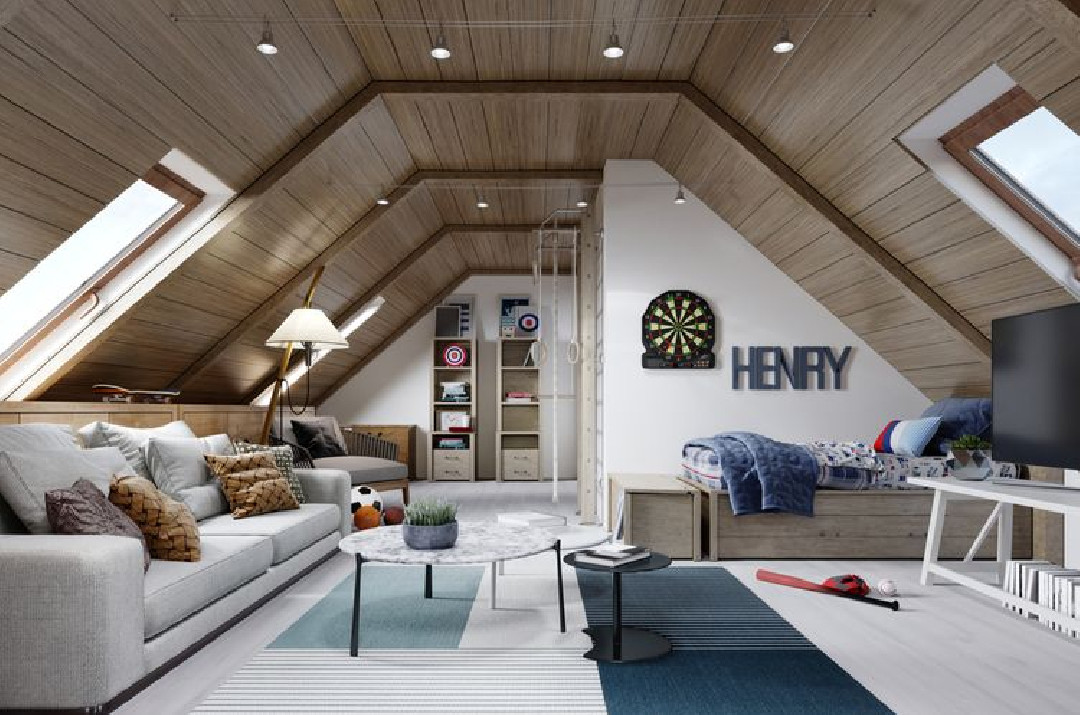Tips for Building the Perfect Cage for Various Types of Pets
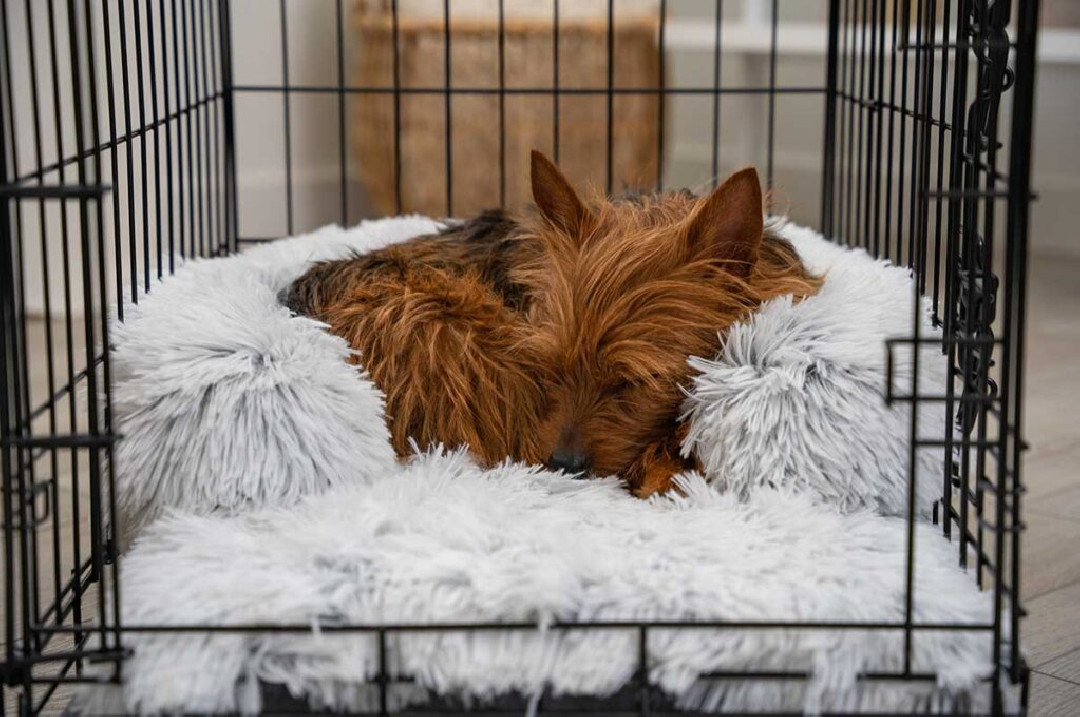
Building the perfect cage for pets is a crucial step in ensuring they have a safe, comfortable, and suitable environment tailored to their specific needs. Pets require more than just food and affection—they need a habitat that supports their health and well-being. Each type of pet has unique requirements regarding space, materials, and cage design. By understanding their characteristics and needs, you can create a cage that serves not only as a living space but also promotes their physical and mental health.
Ideal Cage for Cats

Source | www.gizmodo.cz
Cats are independent animals that love climbing, playing, and hiding. A cat cage should be designed with these behaviors in mind. It’s best to have multi-levels to provide vertical space, catering to their natural instinct to climb.
Ensure the cage includes a cozy bed, play area, and a hiding spot for privacy when needed. The material should be sturdy and easy to clean, such as stainless steel or waterproof-coated wood. Adding toys, scratching posts, and other accessories will keep cats entertained and active. If the cage is outdoors, make sure it is weatherproof to maintain their comfort in all conditions.
Ideal Cage for Dogs
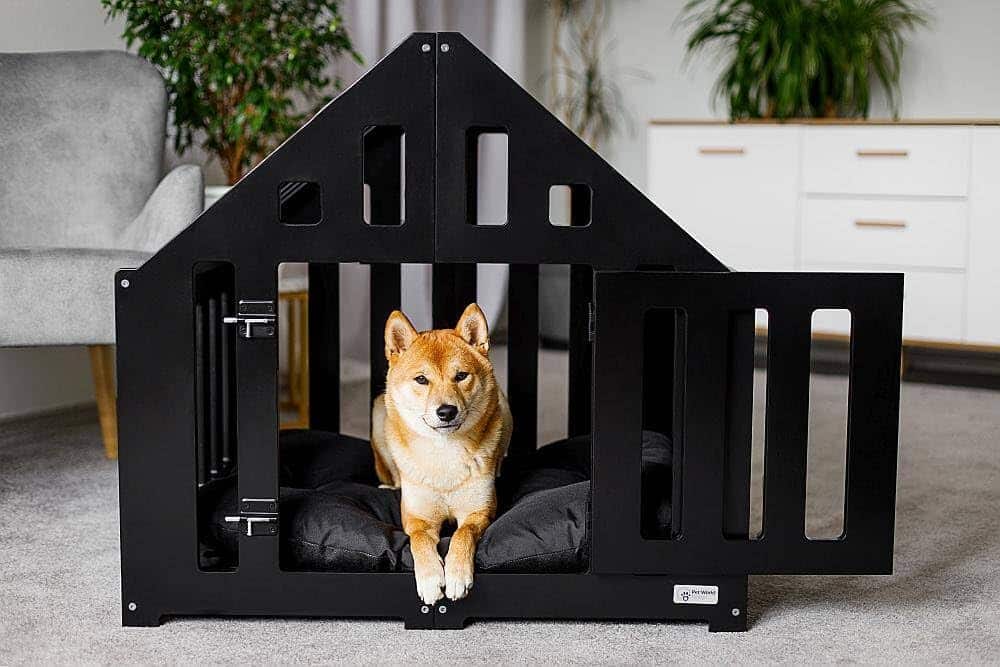
Source | beddog.de
Dogs need spacious cages where they can move, lie down, and rest comfortably. The cage size should match the dog’s breed and size. Small dogs typically require smaller cages with soft padding, while larger breeds need a bigger space with a durable bed.
Good ventilation is essential for maintaining fresh air, especially for indoor cages. Use materials like stainless steel or high-quality plastic for safety and durability. Provide water and food bowls within easy reach. For outdoor cages, include a roof to protect them from rain and sun.
Ideal Cage for Rabbits
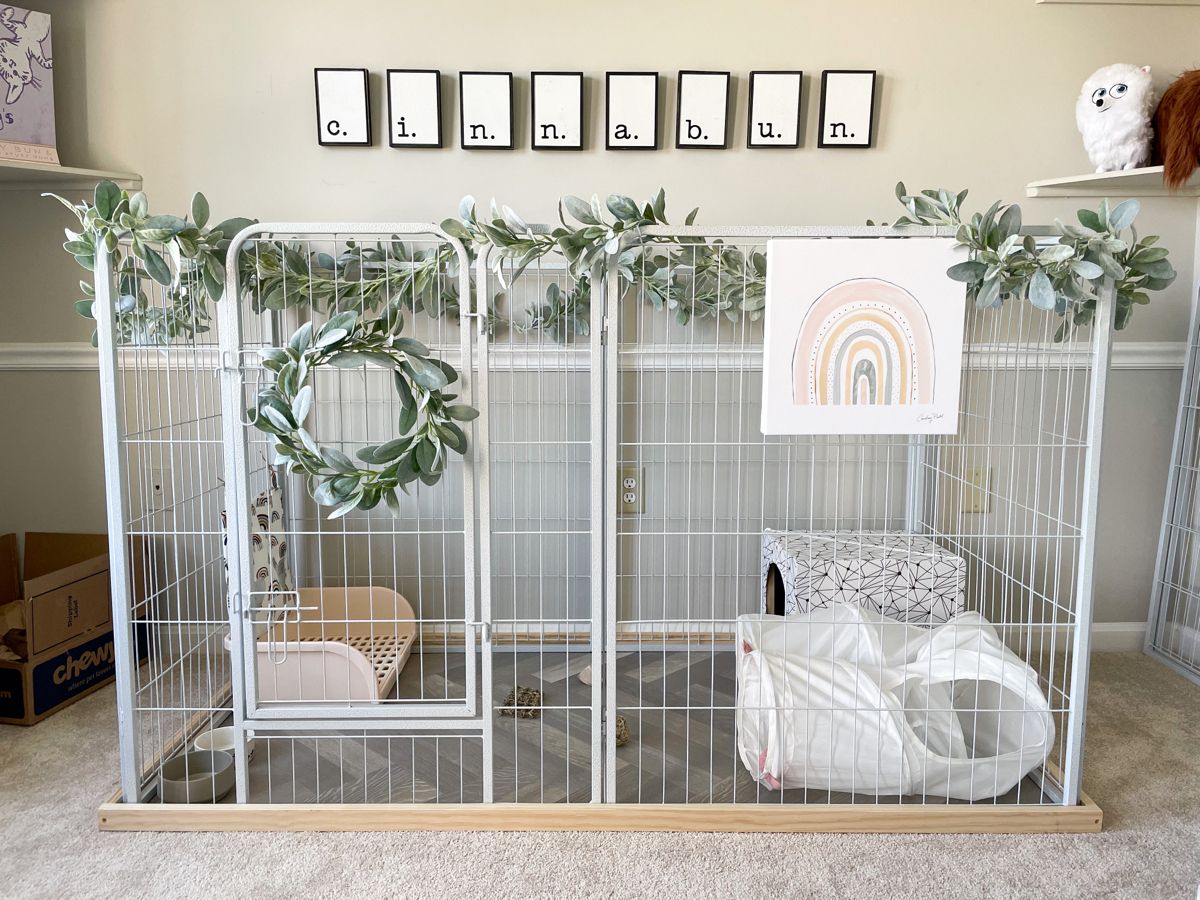
Source | id.pinterest.com
Rabbit cages should be spacious enough for them to move, jump, and feel comfortable. Ideally, the cage should have two sections: an enclosed area for sleeping and an open area for playing. This setup helps rabbits feel both secure and active.
Use materials like plastic-coated wire to prevent injury. Add soft bedding such as straw, carpet, or special mats to protect their feet. Ensure the cage is easy to clean and include toys or digging areas to keep rabbits entertained.
Ideal Cage for Birds
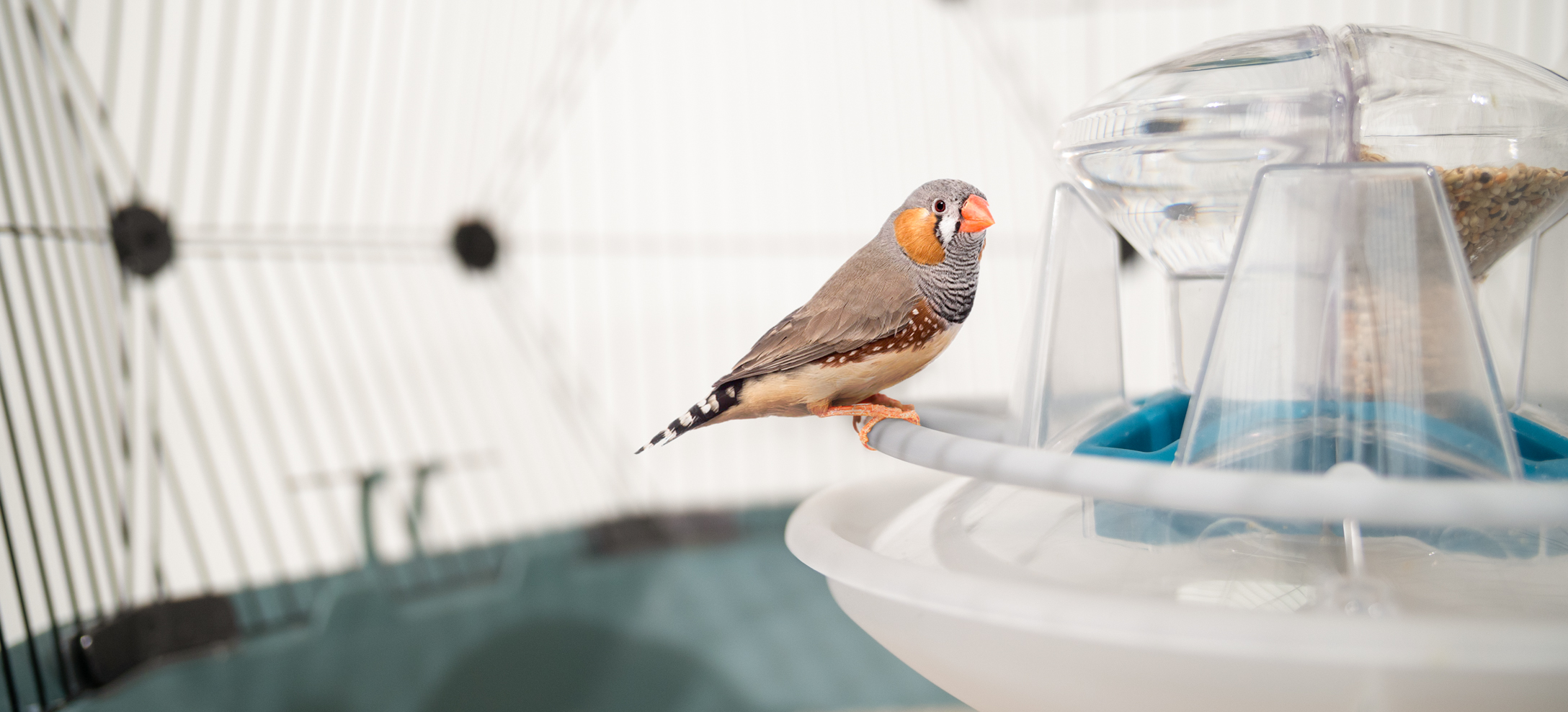
Source | www.omlet.us
Birds need tall cages that allow them to fly inside. The cage should have metal bars spaced closely enough to prevent escape.
For smaller birds like canaries or parakeets, a medium-sized cage with toys and perches is sufficient. Larger birds like parrots or cockatoos require sturdier, more spacious cages. Add easily accessible feeding and drinking stations. Place the cage in a quiet area away from direct drafts to ensure the birds’ comfort.
Ideal Cage for Hamsters
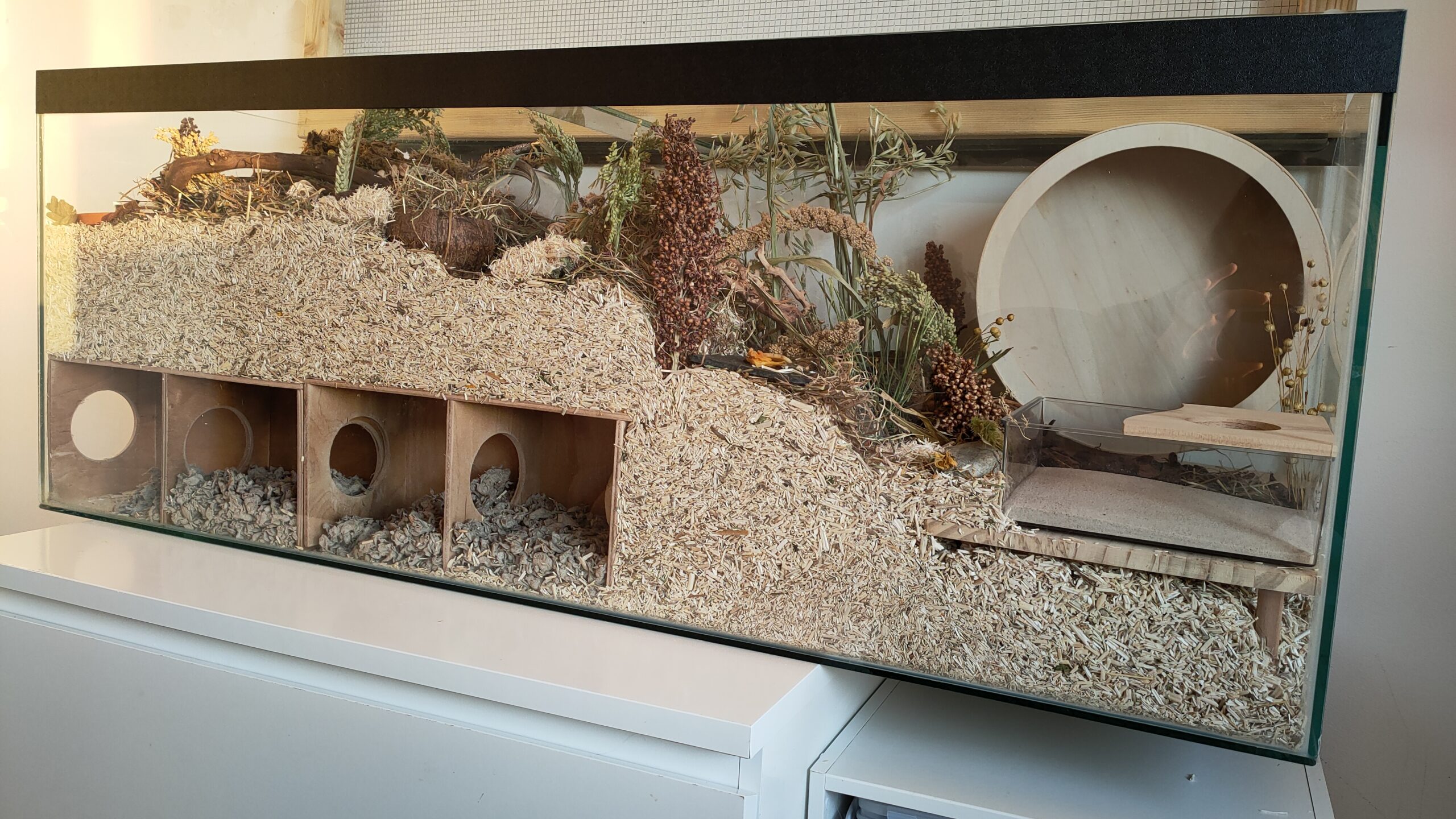
Source | www.greatoutlet.shop
Hamsters are active creatures that enjoy playing, so their cage must offer ample space for activities. A hamster cage should include tunnels, running wheels, and other accessories to support their habits.
Use safe materials like plastic or glass to prevent escape. Add wood shavings or specialized bedding at the base for comfort. Ensure the cage is easy to clean and has proper ventilation. Avoid placing the cage in direct sunlight or noisy areas, as this can stress the hamster.
Ideal Cage for Iguanas
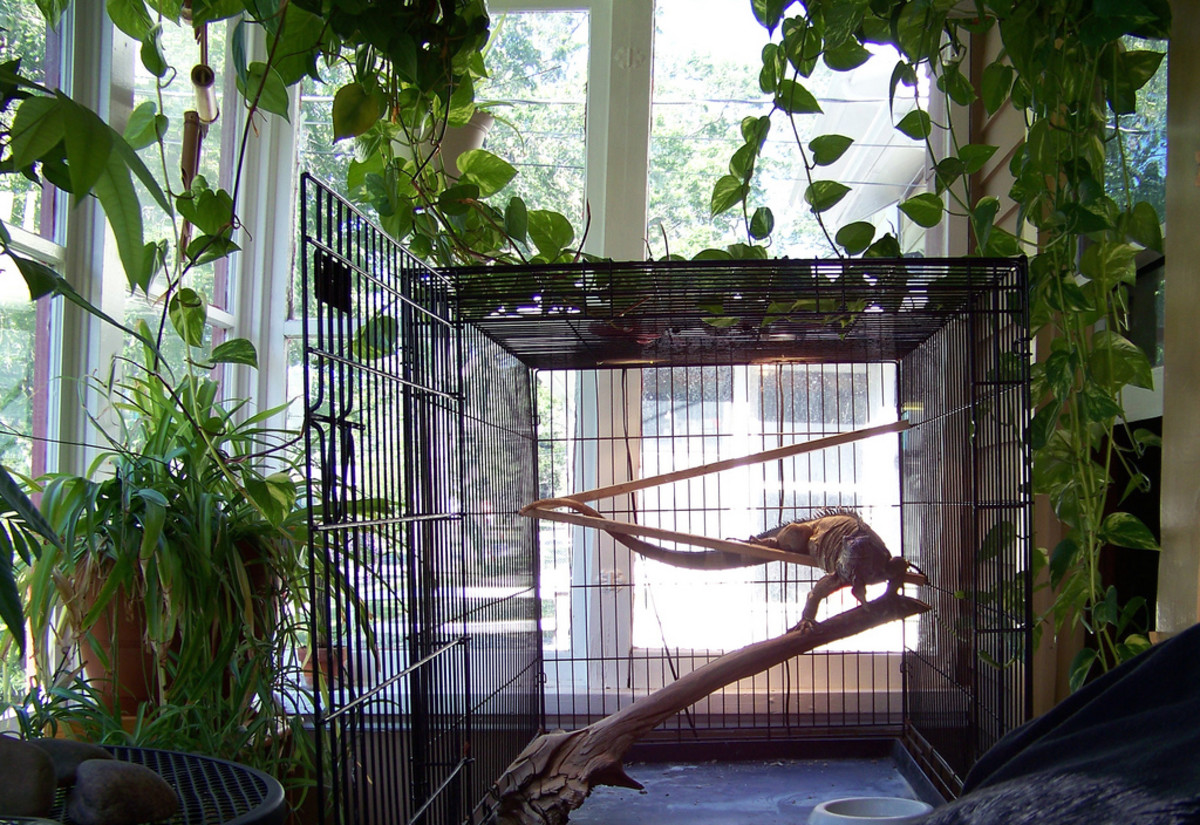
Source | discover.hubpages.com
Iguanas require specially designed cages that mimic their natural habitat. As arboreal animals, iguanas need vertical space with branches for climbing. Use materials like glass or wire mesh with good ventilation.
Include a heat lamp to maintain warm temperatures and a UVB lamp to support healthy bones and metabolism. Provide a water container large enough for soaking. By creating a habitat similar to their natural environment, iguanas will feel more comfortable and healthy.
Ideal Tank for Fish
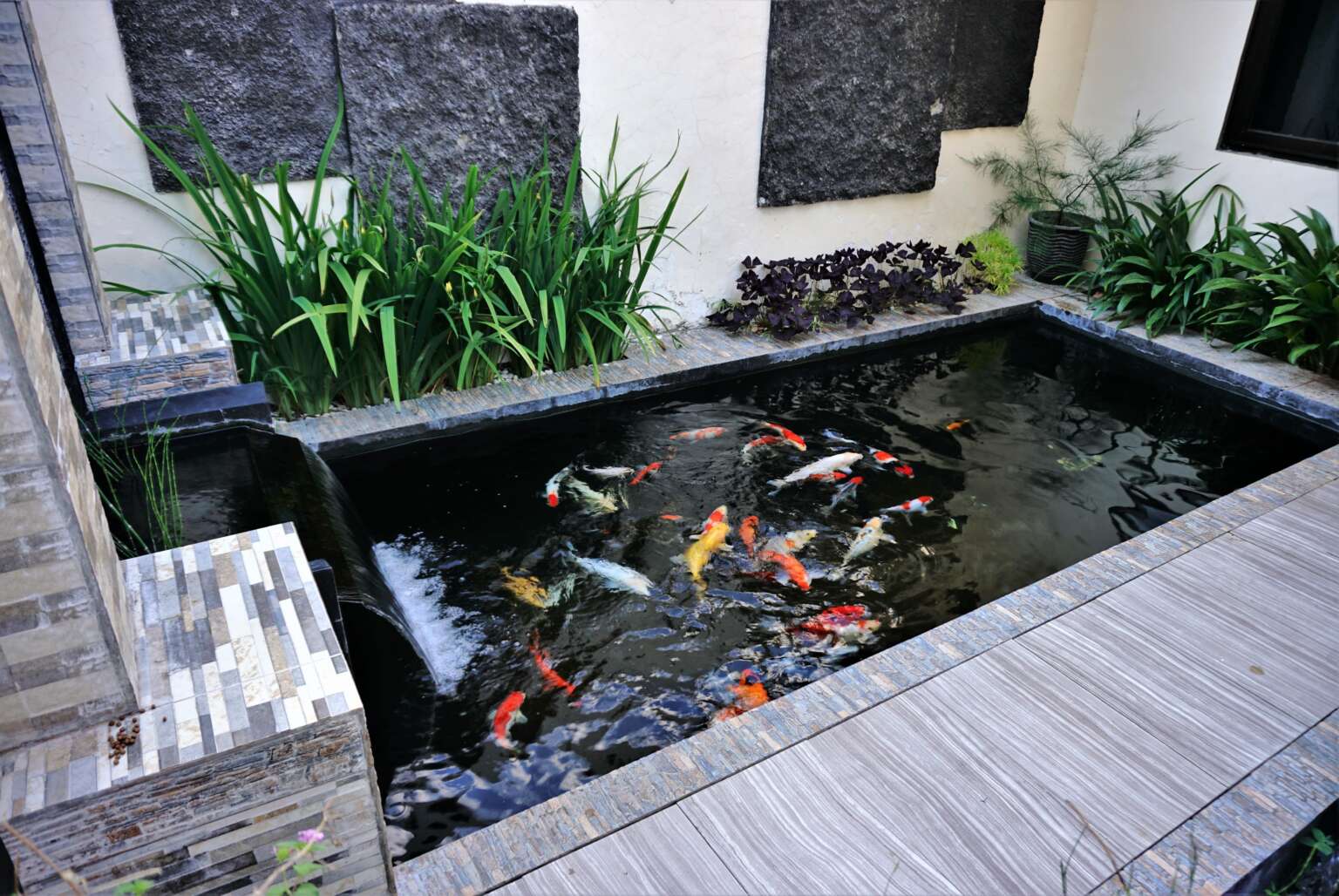
Source | nutrienwaterstore.com.au
While not a cage, fish require an aquarium tailored to their needs. Choose a tank size that suits the species and number of fish. The aquarium should have a filtration system to maintain water quality.
Add decorations like rocks, aquatic plants, and hiding spots to create a comfortable environment. Ensure the lighting is neither too bright nor too dim. Additionally, maintain the water temperature according to the specific needs of the fish. A well-maintained aquarium supports their health and keeps them active.
Ideal Cage for Small Reptiles
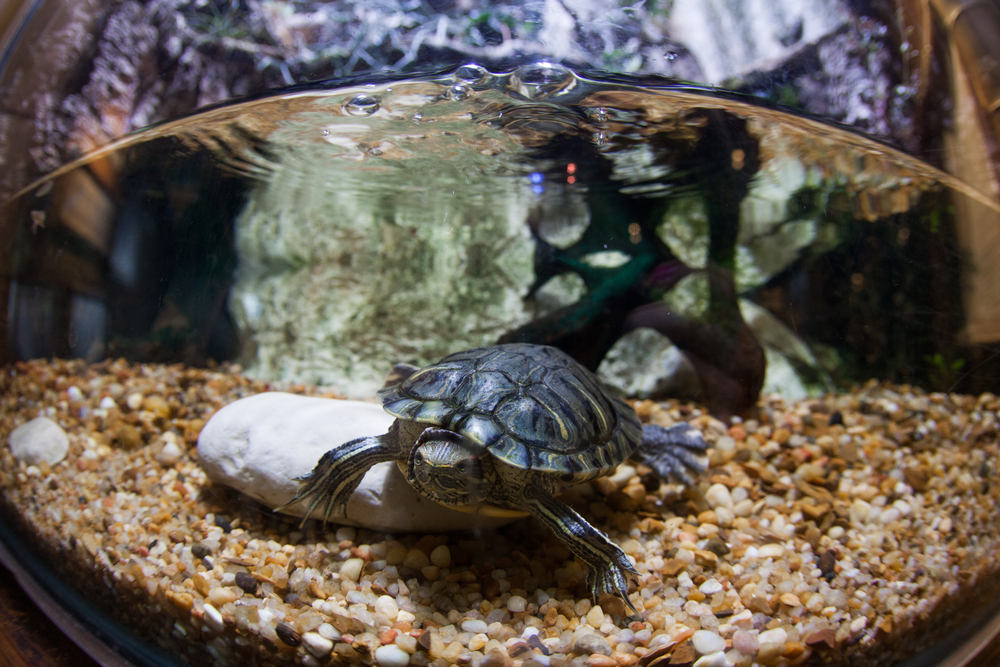
Source | www.aquaticsworld.co.uk
Small reptiles like turtles or geckos need enclosures that replicate their natural habitats. Use materials like glass or plastic with adequate ventilation. Depending on the species, select substrates such as sand, wood shavings, or other natural materials.
Ensure the cage includes basking spots, heat lamps, and shaded areas. For turtles, add a water container for soaking. For geckos, provide hiding spots and vertical structures for climbing. Proper temperature and humidity control are crucial for reptile health.
General Factors to Consider
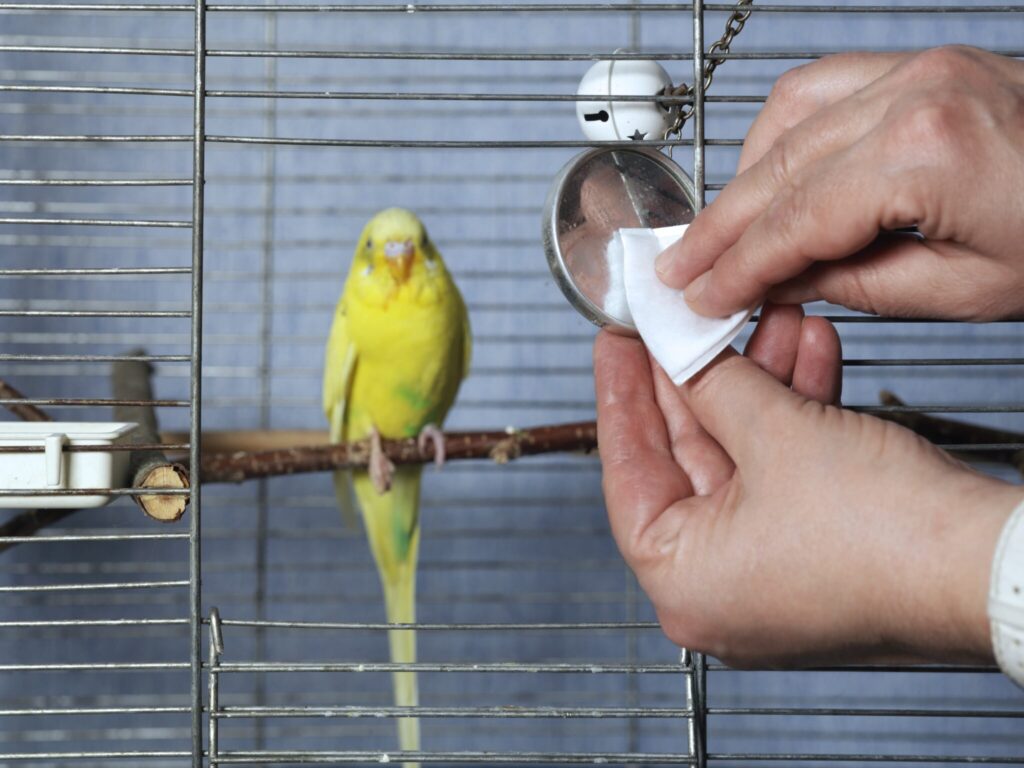
Source | castle-keepers.com
Beyond species-specific needs, several general factors are vital when building cages. First, ensure the cage is easy to clean to maintain hygiene and prevent diseases. Second, choose safe and durable materials, as harmful or flimsy materials can pose risks to pets.
The cage’s location is also significant. It should be placed in an area that’s not too hot, cold, or noisy. Always provide access to clean water and a stress-free environment. Paying attention to these details will ensure a healthy and comfortable space for your pets.
Conclusion
Building the perfect cage for pets requires careful attention to their specific needs. From cats needing vertical space to small reptiles requiring precise temperature control, every detail contributes to their well-being. By ensuring the cage meets both their physical and mental needs, you demonstrate responsibility and care as a pet owner. A happy pet reflects good care, and an ideal cage is one of the key factors in achieving this goal.
Heading Source | outwardhound.com



